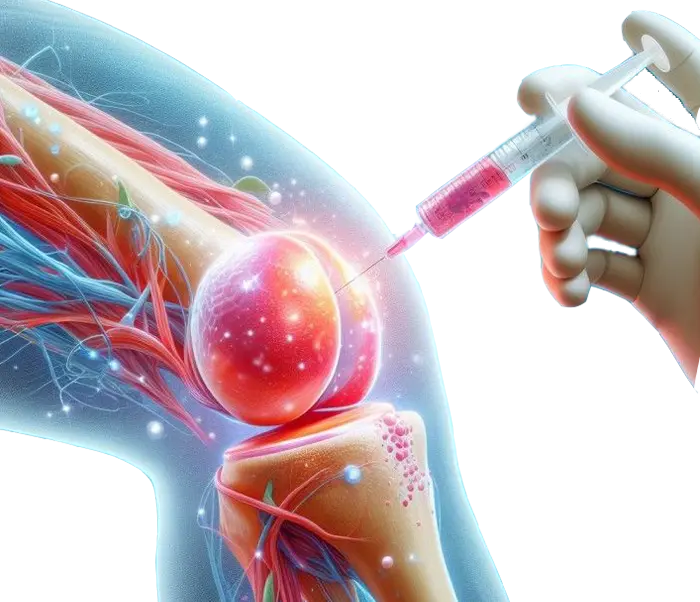Stem Cell Transplantation: A Revolution in the Treatment of Incurable Diseases
Stem cell transplantation is one of the most advanced and promising medical treatments in modern medicine. It is used to treat a wide range of diseases including blood disorders, immune system deficiencies, cancers, and even some genetic disorders. The method is based on replacing damaged or destroyed stem cells with healthy ones, which can accelerate the healing and regeneration of body tissues. This article provides a comprehensive review of stem cell transplantation, including its types, procedure, applications, potential side effects, and post-transplant care.
What is a Stem Cell?
Stem cells are undifferentiated cells that have the ability to differentiate into various types of cells in the body. These cells can turn into specialized cells such as blood cells, nerve cells, or muscle cells under specific conditions. Stem cells primarily come from two sources:
- Hematopoietic Stem Cells (HSCs): Found in bone marrow, peripheral blood, and umbilical cord blood.
- Mesenchymal Stem Cells (MSCs): Capable of differentiating into various connective tissues such as bone, cartilage, and fat.
Applications of Stem Cell Transplantation
Stem cell transplantation is used to treat a wide range of conditions, including:
- Leukemia (Blood Cancer)
- Lymphoma
- Multiple Myeloma
- Aplastic Anemia
- Inherited Blood Disorders such as Thalassemia and Sickle Cell Anemia
- Immune System Deficiencies
- Autoimmune Diseases and certain neurological disorders (currently under clinical investigation)
Types of Stem Cell Transplantation
Stem cell transplantation can be divided into three main types based on the source of the stem cells and the recipient’s type:
- Autologous Transplant
- In this method, the patient’s own stem cells are harvested, treated, and then reintroduced back into the body. This type of transplant is mainly used for treating leukemia and lymphoma.
- Allogeneic Transplant
- In this type of transplant, stem cells are taken from a healthy donor, who may be a relative or a non-relative. Genetic matching between the donor and recipient is necessary. This method is commonly used for advanced blood disorders.
- Cord Blood Transplant
- Stem cells from umbilical cord blood are collected after birth and stored. These cells have great potential for differentiation and have a lower risk of transplant rejection.
Stages of Stem Cell Transplantation
The transplantation process includes several key stages:
- Conditioning the Patient
- This phase includes chemotherapy and/or radiation therapy to destroy cancer cells and suppress the immune system to prepare for the acceptance of new stem cells.
- Stem Cell Infusion
- Stem cells are infused into the patient’s body through an intravenous injection and replace the damaged cells in the bone marrow.
- Post-Transplant Monitoring and Care
- The patient is closely monitored to prevent complications such as infections, graft-versus-host disease (GvHD), or transplant rejection.
Potential Side Effects of Stem Cell Transplantation
Although stem cell transplantation can be life-saving, like any advanced treatment, it may have some side effects:
- Severe Infections due to weakened immune system
- Graft-versus-Host Disease (GvHD) in allogeneic transplants
- Liver and Kidney Issues
- Extreme Fatigue and Physical Weakness
- Infertility or Hormonal Changes in the long term
Post-Transplant Care
Proper post-transplant care is crucial for the success of the treatment:
- Isolation during the early months to prevent infections
- Proper Nutrition rich in proteins and vitamins
- Regular Check-ups and monitoring of blood cell levels
- Avoidance of Contact with Sick Individuals and exposure to contaminated environments
- Psychological and Emotional Support to reduce anxiety and depression
Conclusion
Stem cell transplantation is one of the most remarkable medical achievements of the last century, offering renewed hope for patients with incurable diseases. With technological advancements, improved donor matching, reduced side effects, and better post-transplant care, the therapeutic outcomes have significantly improved. Public awareness of this innovative method can encourage more stem cell donations and contribute to saving lives globally.

















